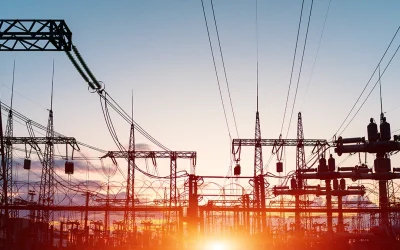Directive 013 – Well Suspension – Well Integrity
The AER announced that it was inviting stakeholder feedback on changes to Directive 013: Suspension Requirements for Wells (“Directive 13”), which ensures the long-term integrity of a well, and mitigates risks to public safety and the environment. The AER noted that it expected the proposed changes to Directive 13 would improve resource recovery and promote regulatory compliance without compromising effective regulation of inactive well integrity.
The proposed changes to Directive 13 are limited to the following items:
-
The method by which compliance deadlines are calculated in section 2.1 would be changed to provide more efficient and integrated regional approaches to managing inactive wells:
-
The suspension deadline date is 12 months after the inactive status date.
-
Deadlines for inspections will be calculated based on the inspection due date in the AER’s Digital Data Submission System (“DDS”). All inspection deadlines will be moved from a specific date to the end of that calendar year. For example, the AER noted that an inspection deadline date of July 13, 2016, would be moved to December 31, 2016.
-
The requirements for changing a high-risk well to medium or low risk will be included in section 2.2.
-
For inactive cavern wells under section 3.2, the licensee would submit a non-routine application to the AER for a suspension.
-
Suspension requirements would be amended to provide consistency between well risk types and to align with AER Directive 020: Well Abandonment requirements:
-
Nonsaline water or inhibited (noncorrosive) fluid is to be used in the wellbore, and the top two metres of the wellbore must be filled with a nonfreezing fluid (sections 3.1.1, 3.2.1, and 3.3.1).
-
Pressure testing of low-risk type 1 wells is not required for the purpose of initial suspension nor at the time of ongoing inspections (section 3.1.1).
-
Changes in reactivation criteria are provided in section 4 to align with operational practices for low productivity producing wells and for intermittently used injection wells.
-
For a well to be reactivated on DDS, a well will need to report volumetric activity for at least one hour per month for three consecutive months.
-
Pressure testing of casing and tubing for the reactivation of a well are not required if the initial well suspension was completed less than 12 months ago.
-
The inactive well licence list will be available to all stakeholders on the Directive 013 page of the AER website.
-
Unclear or conflicting definitions to be clarified:
-
The critical sour well definition from Directive 056: Energy Development Applications and Schedules is used (section 1.2).
-
The H2S level discrepancy between low and medium risk well definitions (section 3.1) will be eliminated.
-
“noncritical sour cased wells” will mean “cased-hole wells that are not critical sour” for low-risk wells (section 3.1).
-
Low-risk wells inactive for more than 10 years will be moved to the medium-risk well category (section 3.2).
The AER noted that the proposed revisions of Directive 013 do not include any other changes, and the AER requested that stakeholder comments be limited to the above topics.



